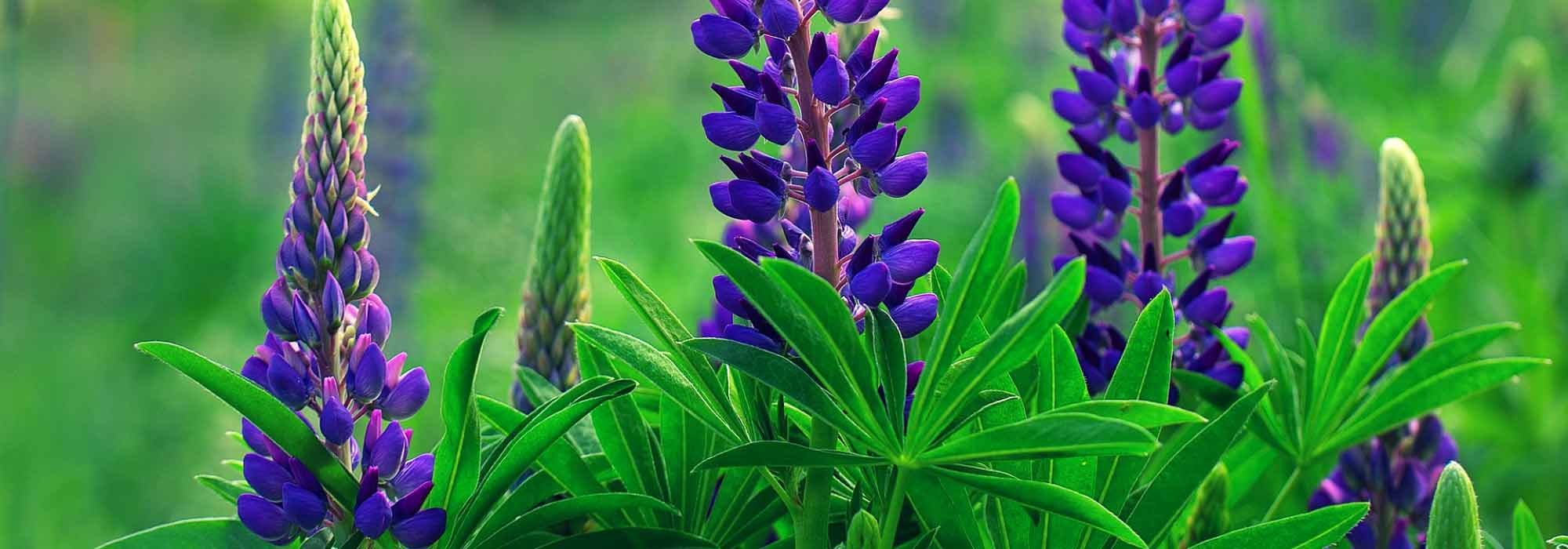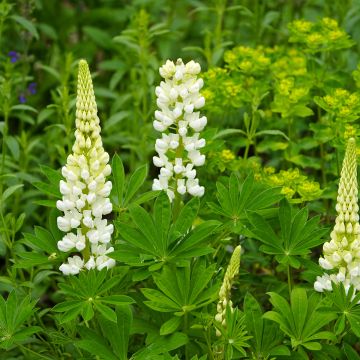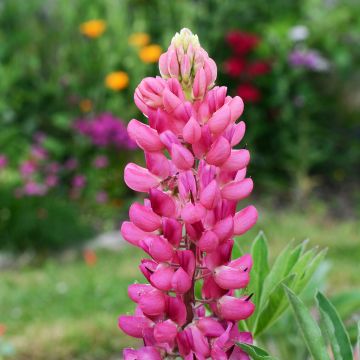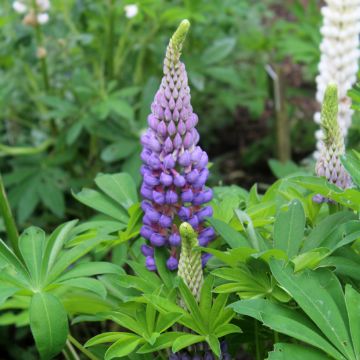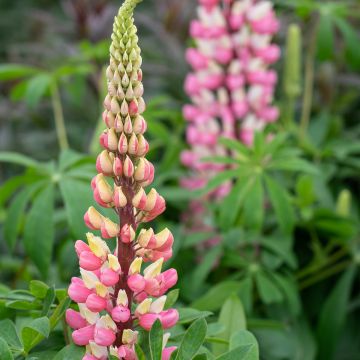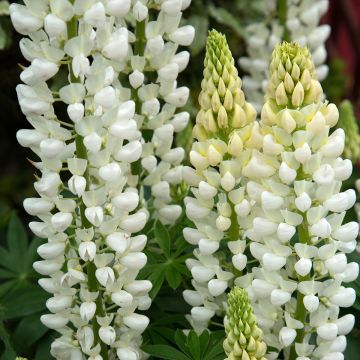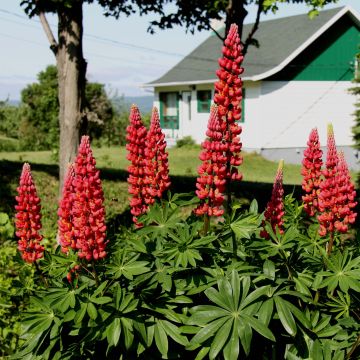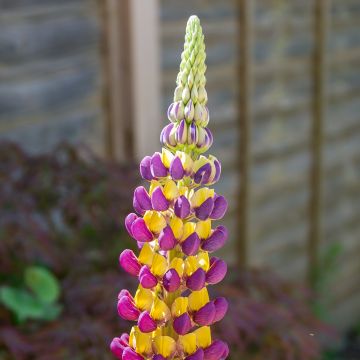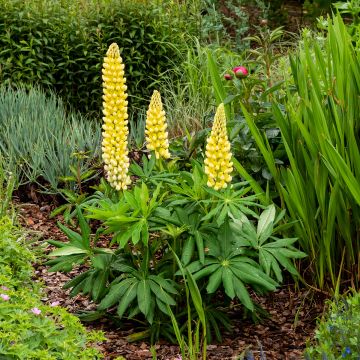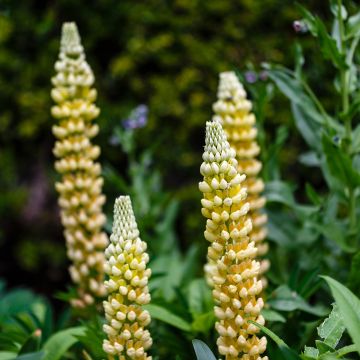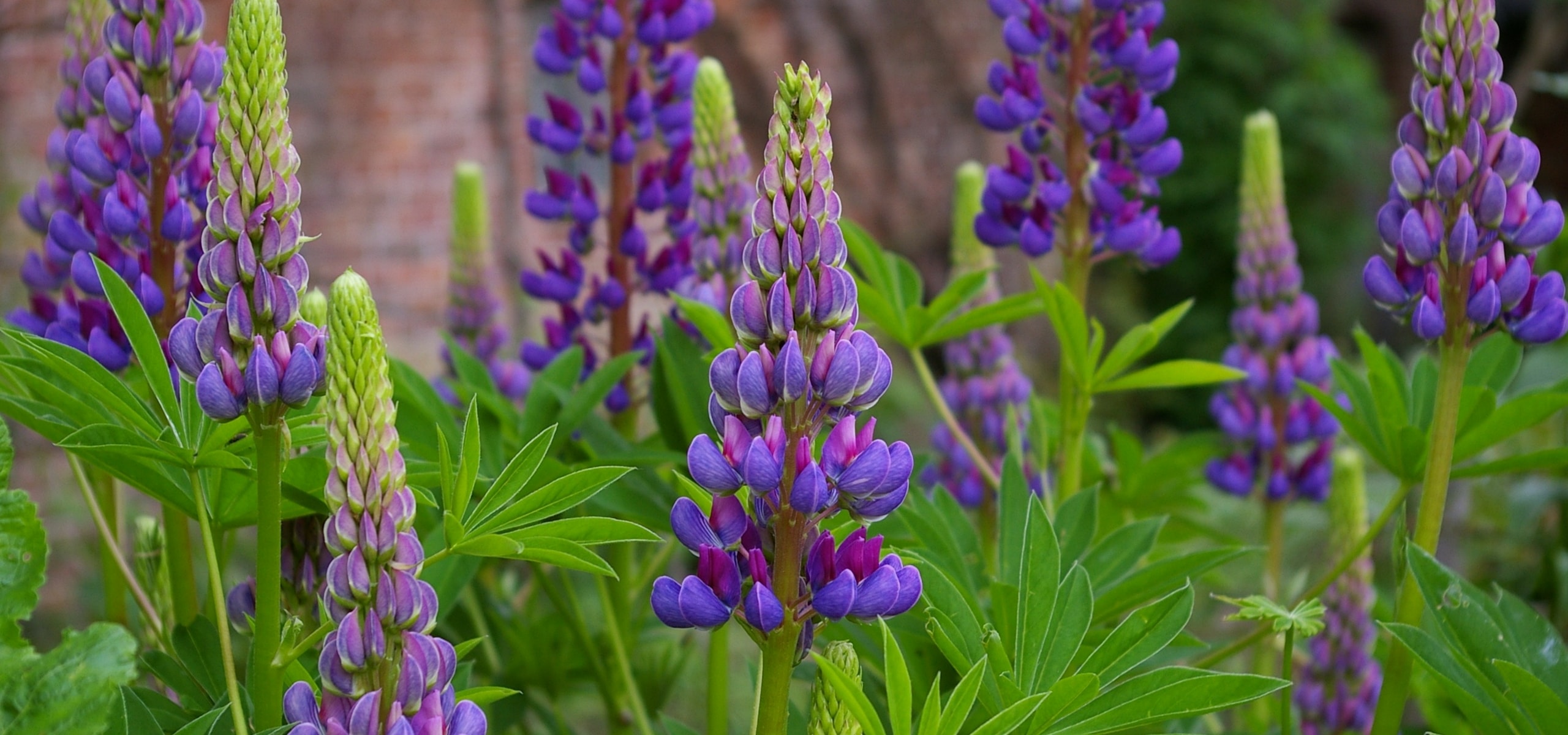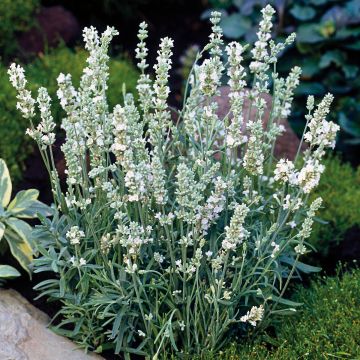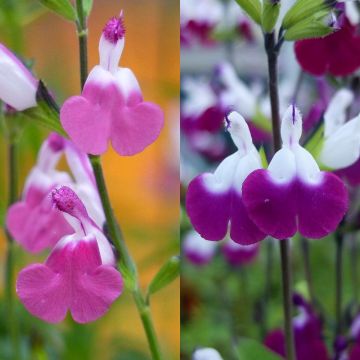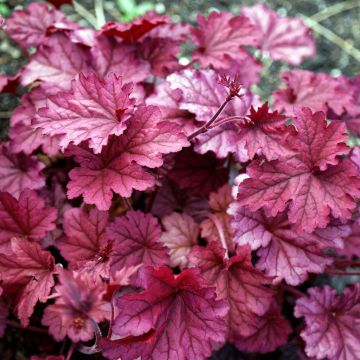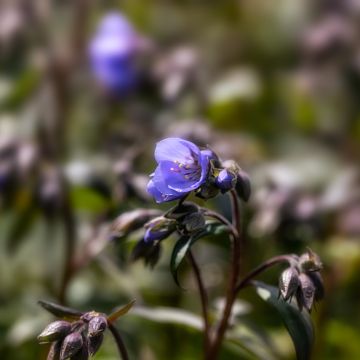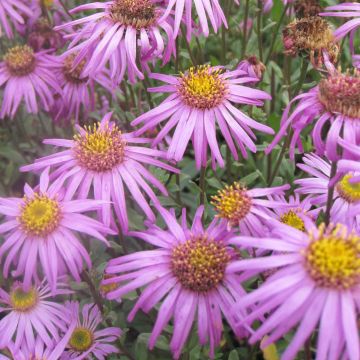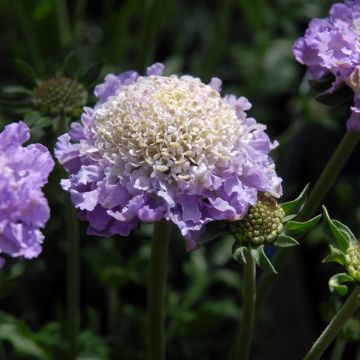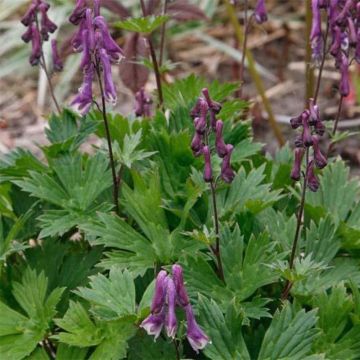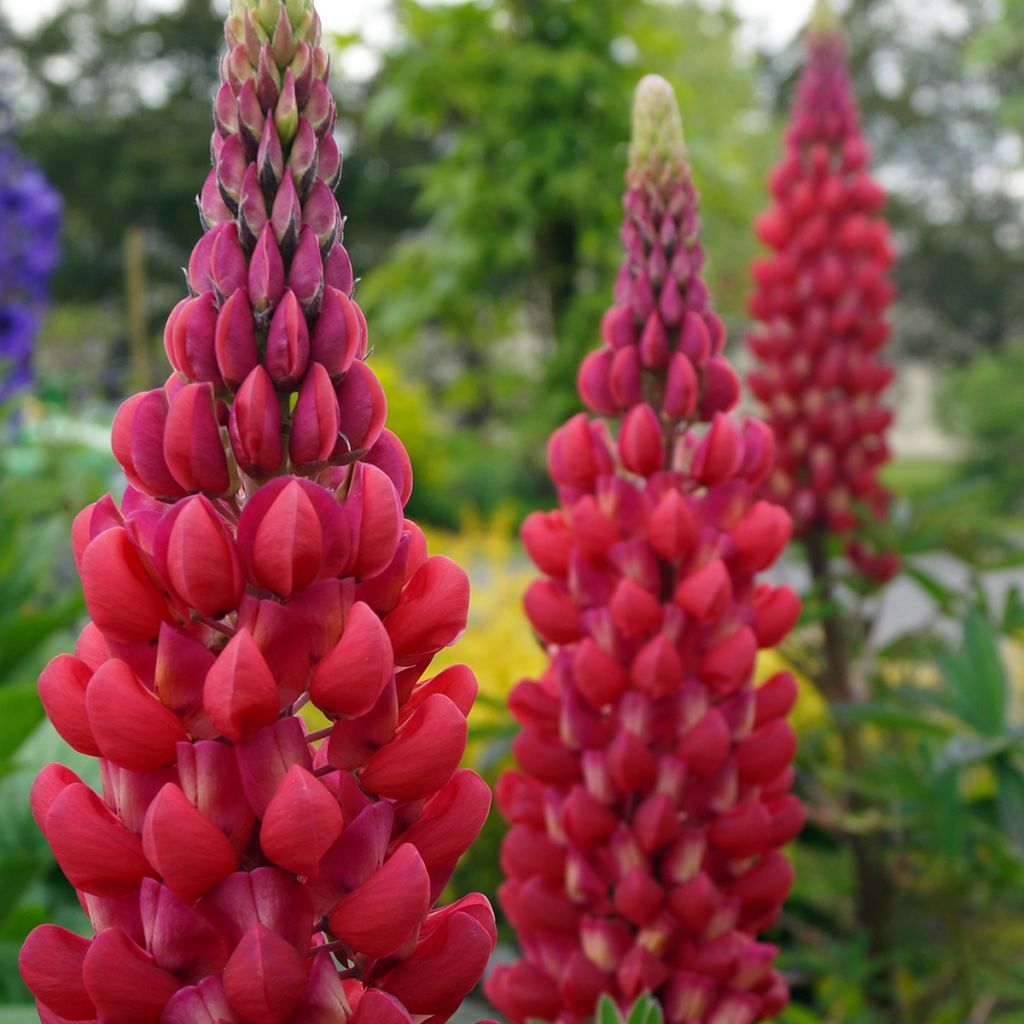

Lupinus polyphyllus West Country Red Rum
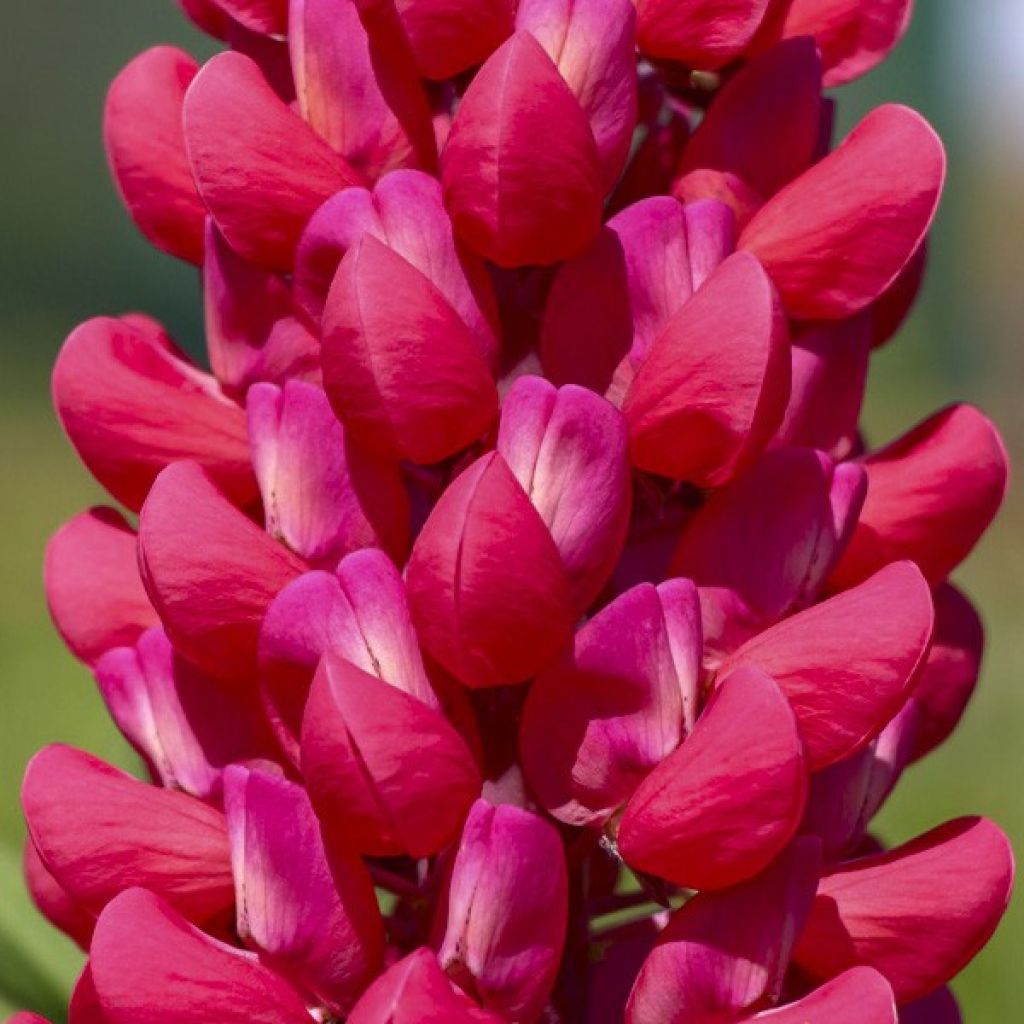

Lupinus polyphyllus West Country Red Rum
Lupinus polyphyllus West Country Red Rum
Lupinus x polyphyllus West Country Red Rum®
Garden Lupin, Large-leaved Lupin, Big-leaved Lupin, Russell Lupin
Parcel in perfect condition, received promptly. Now I can't wait to see the outcome next spring.
maud, 12/09/2023
Special offer!
Receive a €20 voucher for any order over €90 (excluding delivery costs, credit notes, and plastic-free options)!
1- Add your favorite plants to your cart.
2- Once you have reached €90, confirm your order (you can even choose the delivery date!).
3- As soon as your order is shipped, you will receive an email containing your voucher code, valid for 3 months (90 days).
Your voucher is unique and can only be used once, for any order with a minimum value of €20, excluding delivery costs.
Can be combined with other current offers, non-divisible and non-refundable.
Home or relay delivery (depending on size and destination)
Schedule delivery date,
and select date in basket
This plant carries a 12 months recovery warranty
More information
We guarantee the quality of our plants for a full growing cycle, and will replace at our expense any plant that fails to recover under normal climatic and planting conditions.
Does this plant fit my garden?
Set up your Plantfit profile →
Description
The Lupin 'Red Rum', from the excellent 'West Country' series, stands out with its spikes of flowers in a superb red-pink, subtly speckled with white. Produced abundantly and from the end of spring by a vigorous growth plate, they radiate in perennial flowerbeds and are perfect in bouquets. This new generation lupin develops strong floral stems, which do not need staking, and proves more resistant to diseases. Offer this robust perennial a sunny exposure, and a deep and cool soil, devoid of limestone, otherwise its beautiful palmate leaves may turn yellow.
It is commonly accepted that Russell hybrid lupins are hybrids obtained by cross-breeding Lupinus polyphyllus, a perennial plant native to North America, and Lupinus hartwegii, an annual Mexican species. The best of them were patiently selected in the 1930s by a gardener named George Russell, a passionate Lupin enthusiast. Since then, other enthusiasts have taken over and have dedicated themselves to obtaining robust, floriferous and very reliable varieties. It is in England that the 'West Country' varieties were recently created. Vigorous, disease-resistant, with strong floral stems and large spikes of flowers in light and vibrant colours, these lupins are excellent garden plants.
The 'Red Rum' lupin, introduced in 2006, is a bushy and vigorous herbaceous perennial plant, forming clumps of 90 cm (35in) in height when in flower and about 60 cm (24in) in width within 3-4 years. In late spring and early summer, in May-June, it displays plump spikes, sometimes reaching 50 cm (20in) in length, with a slightly stiff but very graphic appearance, densely adorned with pea-like flowers measuring 1 to 3 cm (0 to 1in). The majority of them are a rich and intense red-pink, with some touched with white at the base. The opulent foliage, with a slightly bluish green colour, distinguishes itself from other legumes by its palmate leaves, with a minimum of 5 leaflets radiating from the same petiole. The vegetation disappears in winter and reappears in spring.
The 'West Country' hybrid lupins are plants with a very good hardiness that spread without aggressiveness and prove resistant to diseases. Their only weakness remains their attractiveness to slugs and snails, which will need to be protected against. Perfect in poor soils, but devoid of limestone, perennial lupins readily self-seed in gardens where they thrive. Soften their slightly stiff silhouettes with plants with rounded curves, such as roses and oriental poppies, in matching colours. They enjoy the company of delphiniums and peonies, creating beautiful low-maintenance flowerbeds. In natural areas, associate them with sainfoin, alfalfa, perennial peas, and grasses. This 'West Country' variety pairs particularly well with 'Blossom' and 'Polar Princess' lupins, forming a magnificent trio in white, pink, and red.
Lupinus polyphyllus West Country Red Rum in pictures
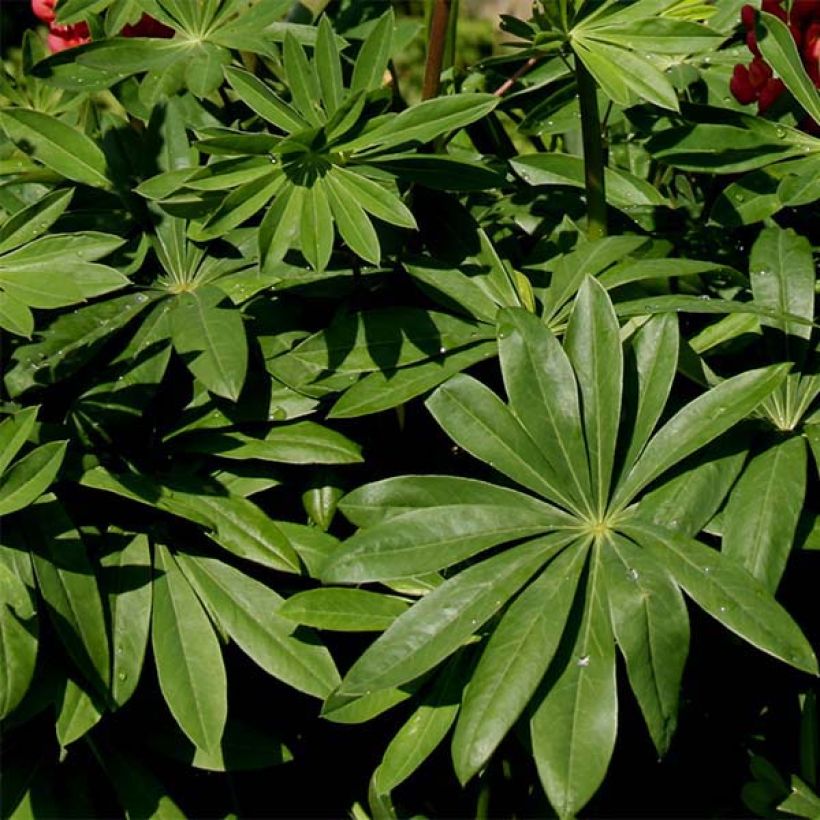

Flowering
Foliage
Plant habit
Safety measures
Botanical data
Lupinus
x polyphyllus
West Country Red Rum®
Fabaceae
Garden Lupin, Large-leaved Lupin, Big-leaved Lupin, Russell Lupin
Cultivar or hybrid
ingestion
Cette plante est toxique si elle est ingérée volontairement ou involontairement.
Ne la plantez pas là où de jeunes enfants peuvent évoluer, et lavez-vous les mains après l'avoir manipulée.
Pensez à conserver l'étiquette de la plante, à la photographier ou à noter son nom, afin de faciliter le travail des professionnels de santé.
Davantage d'informations sur https://plantes-risque.info
Other Lupinus - Lupin
View all →Planting and care
The 'West Country Red Rum' Lupin thrives in the sun, partial shade, and even under trees in spring. Place it in a light, well-draining, humus-rich, and lime-free soil. It prefers a deep, sandy, acid-leaning, and sunny soil. It is an easy-to-grow perennial that even adapts to clay soils if properly amended. Protect the plant at the base in regions with harsh winters. Remove faded flowers, and the Lupin will bloom again in autumn. Keep the soil moist, especially during prolonged droughts. Beware of leaves that are sometimes attacked by mildew and root rot (especially if the roots are dry). Lupins can be susceptible to leaf spots, galls, viruses, and their young shoots are often attacked by snails and slugs during the regrowth period.
Lupins only live for 4 or 5 years. Keep some seeds to obtain surprising and unique flowerings.
Planting period
Intended location
Care
Planting & care advice
-
, onOrder confirmed
Reply from on Promesse de fleurs
Similar products
Haven't found what you were looking for?
Hardiness is the lowest winter temperature a plant can endure without suffering serious damage or even dying. However, hardiness is affected by location (a sheltered area, such as a patio), protection (winter cover) and soil type (hardiness is improved by well-drained soil).

Photo Sharing Terms & Conditions
In order to encourage gardeners to interact and share their experiences, Promesse de fleurs offers various media enabling content to be uploaded onto its Site - in particular via the ‘Photo sharing’ module.
The User agrees to refrain from:
- Posting any content that is illegal, prejudicial, insulting, racist, inciteful to hatred, revisionist, contrary to public decency, that infringes on privacy or on the privacy rights of third parties, in particular the publicity rights of persons and goods, intellectual property rights, or the right to privacy.
- Submitting content on behalf of a third party;
- Impersonate the identity of a third party and/or publish any personal information about a third party;
In general, the User undertakes to refrain from any unethical behaviour.
All Content (in particular text, comments, files, images, photos, videos, creative works, etc.), which may be subject to property or intellectual property rights, image or other private rights, shall remain the property of the User, subject to the limited rights granted by the terms of the licence granted by Promesse de fleurs as stated below. Users are at liberty to publish or not to publish such Content on the Site, notably via the ‘Photo Sharing’ facility, and accept that this Content shall be made public and freely accessible, notably on the Internet.
Users further acknowledge, undertake to have ,and guarantee that they hold all necessary rights and permissions to publish such material on the Site, in particular with regard to the legislation in force pertaining to any privacy, property, intellectual property, image, or contractual rights, or rights of any other nature. By publishing such Content on the Site, Users acknowledge accepting full liability as publishers of the Content within the meaning of the law, and grant Promesse de fleurs, free of charge, an inclusive, worldwide licence for the said Content for the entire duration of its publication, including all reproduction, representation, up/downloading, displaying, performing, transmission, and storage rights.
Users also grant permission for their name to be linked to the Content and accept that this link may not always be made available.
By engaging in posting material, Users consent to their Content becoming automatically accessible on the Internet, in particular on other sites and/or blogs and/or web pages of the Promesse de fleurs site, including in particular social pages and the Promesse de fleurs catalogue.
Users may secure the removal of entrusted content free of charge by issuing a simple request via our contact form.
The flowering period indicated on our website applies to countries and regions located in USDA zone 8 (France, the United Kingdom, Ireland, the Netherlands, etc.)
It will vary according to where you live:
- In zones 9 to 10 (Italy, Spain, Greece, etc.), flowering will occur about 2 to 4 weeks earlier.
- In zones 6 to 7 (Germany, Poland, Slovenia, and lower mountainous regions), flowering will be delayed by 2 to 3 weeks.
- In zone 5 (Central Europe, Scandinavia), blooming will be delayed by 3 to 5 weeks.
In temperate climates, pruning of spring-flowering shrubs (forsythia, spireas, etc.) should be done just after flowering.
Pruning of summer-flowering shrubs (Indian Lilac, Perovskia, etc.) can be done in winter or spring.
In cold regions as well as with frost-sensitive plants, avoid pruning too early when severe frosts may still occur.
The planting period indicated on our website applies to countries and regions located in USDA zone 8 (France, United Kingdom, Ireland, Netherlands).
It will vary according to where you live:
- In Mediterranean zones (Marseille, Madrid, Milan, etc.), autumn and winter are the best planting periods.
- In continental zones (Strasbourg, Munich, Vienna, etc.), delay planting by 2 to 3 weeks in spring and bring it forward by 2 to 4 weeks in autumn.
- In mountainous regions (the Alps, Pyrenees, Carpathians, etc.), it is best to plant in late spring (May-June) or late summer (August-September).
The harvesting period indicated on our website applies to countries and regions in USDA zone 8 (France, England, Ireland, the Netherlands).
In colder areas (Scandinavia, Poland, Austria...) fruit and vegetable harvests are likely to be delayed by 3-4 weeks.
In warmer areas (Italy, Spain, Greece, etc.), harvesting will probably take place earlier, depending on weather conditions.
The sowing periods indicated on our website apply to countries and regions within USDA Zone 8 (France, UK, Ireland, Netherlands).
In colder areas (Scandinavia, Poland, Austria...), delay any outdoor sowing by 3-4 weeks, or sow under glass.
In warmer climes (Italy, Spain, Greece, etc.), bring outdoor sowing forward by a few weeks.






























